Procurement 101: Source-to-Pay – What it is and how to leverage it
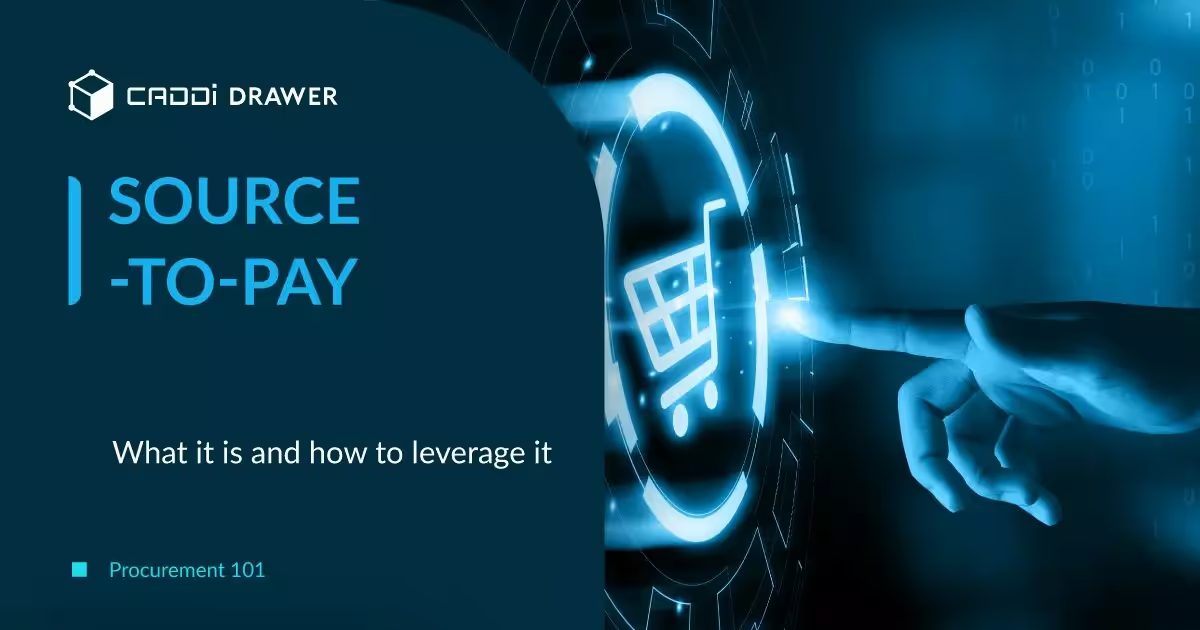
Table of Contents

What is source-to-pay?
Source-to-pay (S2P) refers to the business process that manages procurement spending from the point of requesting a purchase to making payment to suppliers. It encompasses the full lifecycle of interactions between an organization and its suppliers.
The purpose of S2P is to optimize and automate procurement processes to reduce costs, improve efficiency, and gain visibility into spending. Key benefits include:
- Streamlined procurement workflows
- Enhanced compliance and control over spending
- Increased savings through consolidated spending and supplier negotiation
- Improved relationships with suppliers through on-time payments and self-service
S2P is a vital part of an organization’s broader procurement strategy. It enables centralized management and oversight of all spending – from purchase requisitions to invoices and payments. This end-to-end view of the procure-to-pay process is essential for implementing strategic sourcing initiatives, supplier management, and procurement analytics.
The source-to-pay process
S2P process manages all the steps involved in procuring goods and services, from identifying suppliers through making payments. It covers the full lifecycle of interactions between an organization and its suppliers.
The key steps in the S2P process are:
- Sourcing suppliers and issuing purchase orders (POs) – This involves identifying potential suppliers, negotiating contracts, and issuing formal POs. Organizations need a clear view of approved suppliers and standardized processes for sending POs.
- Receiving goods/services and processing invoices – As deliveries are made, organizations must confirm receipt, match invoices to POs, and handle approvals. Invoice processing should be automated as much as possible.
- Making payments – Finally, invoices must be paid on time and through secure channels. Organizations aim to take advantage of early payment discounts and optimize payment schedules.
Automating and connecting these procurement activities through an integrated S2P system provides visibility, control, and efficiency gains.
Technology enabling source-to-pay
Source-to-pay processes rely heavily on technology to enable automation, analytics, and integration. Key technologies that play an important role include:
- ERP systems: ERP, such as SAP and Oracle, provide an integrated suite of applications to manage core business processes including procurement and finance. ERP systems contain modules to support sourcing, procurement, invoicing, and payment processes.
- Supply chain management (SCM) software: SCM software manages the flow of goods, data and finances as they move from suppliers to procurement to manufacturing. It enables collaboration and provides visibility across the supply chain management.
- Procurement software: Dedicated cloud-based procurement software centralizes and automates procurement processes. This includes sourcing, supplier management, purchase requisitions, purchase orders, receiving, invoicing, and more. Popular solutions include Coupa and Ariba.
- Automation: Technologies like RPA, AI, and machine learning enable the automation of repetitive, rules-based procurement tasks. This improves efficiency and reduces costs.
- Intelligence: Intelligence capabilities, such as analytics and monitoring, provide real-time visibility into spend. Spend analysis enables better strategic decisions around suppliers, costs, and negotiating leverage.
By leveraging these technologies, organizations can transform source-to-pay into a strategic function that delivers compelling benefits. Integrations between systems also enable seamless end-to-end processes.
Benefits of source-to-pay
Optimizing a source-to-pay process can provide many benefits for an organization. Some of the key advantages include:
Increased efficiency
- Automates manual processes like purchase requisitions, PO creation, invoice processing – Reduces paperwork and eliminates data entry
- Provides visibility into procurement process through dashboards
- Frees up employees for more strategic work
Cost savings
- Better spend analysis identifies opportunities to consolidate suppliers, renegotiate contracts, reduce maverick spending
- Automation and e-invoicing reduce transaction costs per purchase
- Early payment discounts can be captured
- More strategic sourcing drives better supplier terms
Improved compliance and control
- Automated workflow ensures proper approvals are obtained
- PO and contract compliance limits maverick spending
- Audit trail provides transparency over procurement activities
- Integration with ERP system reduces risk of errors
Enhanced supplier relationships
- Suppliers can directly submit invoices and monitor status through supplier portal
- Faster invoice processing improves supplier satisfaction and cash flow
- Data sharing and e-invoicing streamline procure-to-pay interactions
Best practices for implementation
Implementing an effective source-to-pay process requires cross-functional collaboration, change management, and ongoing optimization.
Cross-functional collaboration
- Involve stakeholders from procurement, accounts payable, IT, and other impacted teams in the planning and rollout. Alignment between teams is critical.
- Provide training and support to help employees across functions understand changes to systems, processes, and responsibilities.
- Create cross-functional teams to monitor the new processes and address any issues that arise. Collaboration will smooth the transition.
Change management
- Communicate frequently and transparently about timelines, training resources, and expectations to reduce anxiety.
- Incentivize adoption of the new tools and processes through bonuses or rewards programs.
- Solicit feedback regularly and address concerns quickly. Being responsive builds trust.
Ongoing optimization
- Analyze metrics and KPIs to identify opportunities for improvement.
- Regularly review processes against benchmarks and best practices to identify gaps.
- Leverage automation and AI where possible to drive efficiencies over time.
- Continuously gather user feedback through surveys and interviews to refine the source-to-pay process.
Sure, I can explain how CADDi Drawer can assist source-to-pay processes in the manufacturing industry based on the features and use cases you provided. Here’s a blog article intro that incorporates that information:
How CADDi Drawer Streamlines Source-to-Pay in Manufacturing
In manufacturing, the S2P process encompasses all the steps involved in procuring goods and services, from sourcing suppliers to making payments. Optimizing this process is crucial for reducing costs, improving efficiency, and gaining visibility into spending. That’s where CADDi Drawer comes in.
The intelligent search and analysis enabled by CADDi Drawer empowers manufacturers to optimize critical S2P processes:
- Supplier Selection & Negotiation – Easily identify the best suppliers based on historical data. Similar parts data paired with cost info exposes price inconsistencies for focused negotiation.
- Supplier Consolidation – Pinpoint similar drawings sourced from multiple suppliers. Consolidate volumes to strategic suppliers to leverage economies of scale.
- Value Analysis & Value Engineering (VAVE) – Flag similar parts with significant price differences. Analyze design differences driving cost variation to guide value engineering.
CADDi Drawer leverages AI and patented technology to help manufacturers capitalize on past drawings and quotations, elevate revenue, and cut procurement costs. Here’s how its key features enable a more strategic and efficient S2P process:
Digitizing Drawings
CADDi Drawer automatically scans and extracts data from PDF drawings, including handwritten ones. This digitization makes the entire drawings archive, even those from 30+ years ago, fully searchable and comparable. Connecting quotations, cost breakdowns, supplier info and other supply chain data to the drawings provides procurement teams with a comprehensive view of each part.
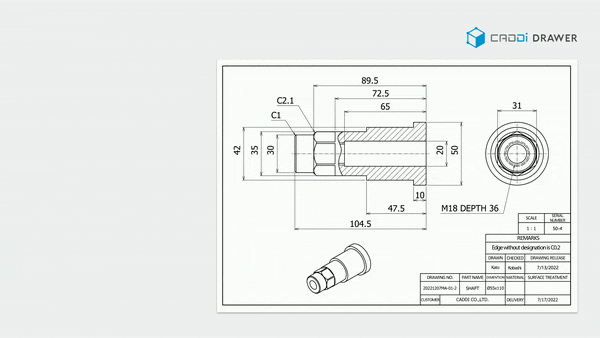
Intelligent Search
With CADDi Drawer’s advanced search capabilities, users can instantly find relevant drawings based on any criteria. Keyword search allows looking up drawings by material, size, designer name, part name, notes and more. The patented Similarity Search identifies similar parts across the archive based on shape, enabling quick identification of related drawings. Image Search takes it a step further – simply upload a photo of a sketch or drawing and find the closest matches.
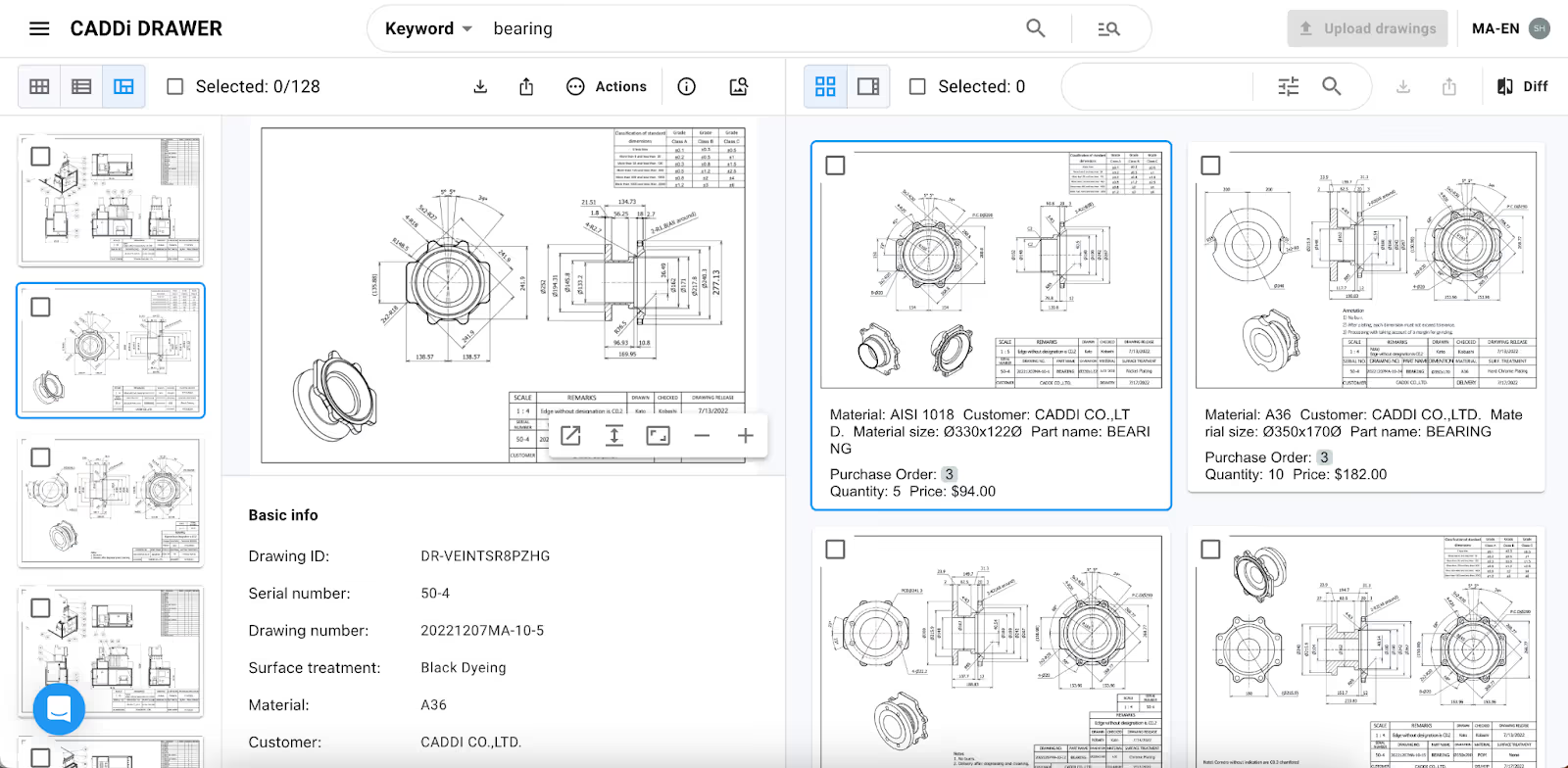
Streamlining Analysis
CADDi Drawer’s Difference Identification feature allows users to quickly spot the differences between two similar drawings or revisions. In one click, all drawing data along with associated supplier info, pricing, tags, etc. can be exported to Excel for further analysis. This automation of tedious manual comparison accelerates decision-making.
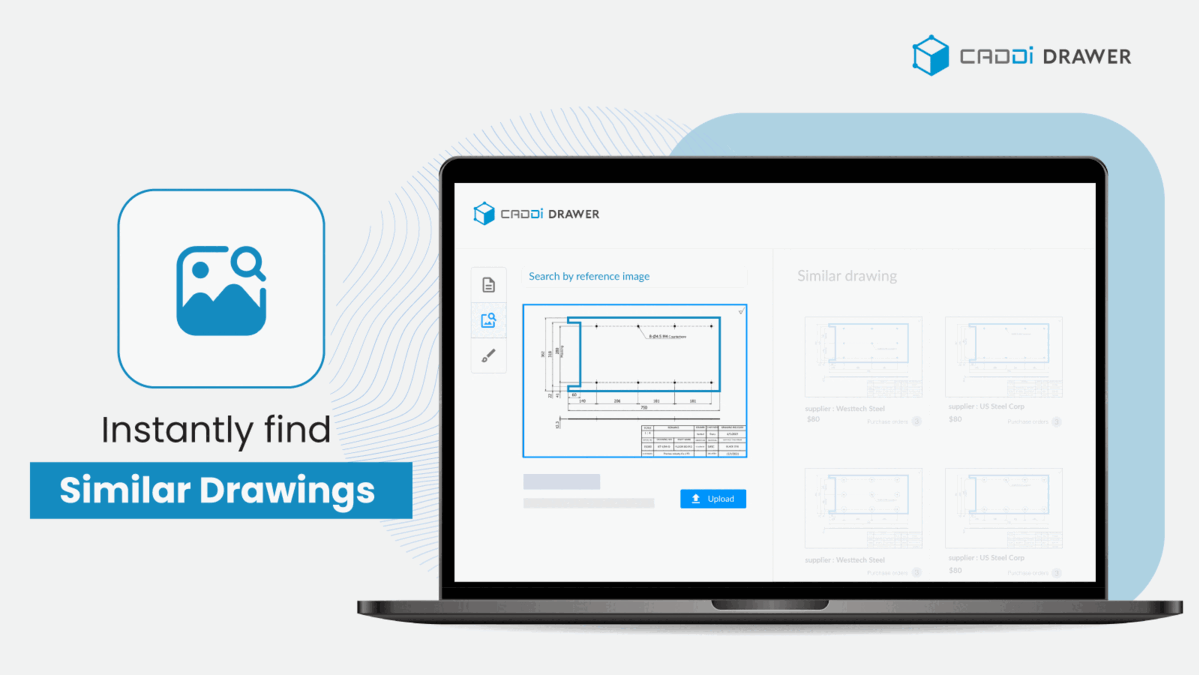
By digitizing and connecting drawing data, CADDi Drawer provides manufacturing procurement teams with the insights needed to make more strategic S2P decisions. Leveraging historical data to optimize supplier relationships, consolidate spend, and re-engineer parts for cost reduction enables manufacturers to elevate revenues and boost profitability.
What is source-to-pay?
Source-to-pay (S2P) refers to the business process that manages procurement spending from the point of requesting a purchase to making payment to suppliers. It encompasses the full lifecycle of interactions between an organization and its suppliers.
The purpose of S2P is to optimize and automate procurement processes to reduce costs, improve efficiency, and gain visibility into spending. Key benefits include:
- Streamlined procurement workflows
- Enhanced compliance and control over spending
- Increased savings through consolidated spending and supplier negotiation
- Improved relationships with suppliers through on-time payments and self-service
S2P is a vital part of an organization’s broader procurement strategy. It enables centralized management and oversight of all spending – from purchase requisitions to invoices and payments. This end-to-end view of the procure-to-pay process is essential for implementing strategic sourcing initiatives, supplier management, and procurement analytics.
The source-to-pay process
S2P process manages all the steps involved in procuring goods and services, from identifying suppliers through making payments. It covers the full lifecycle of interactions between an organization and its suppliers.
The key steps in the S2P process are:
- Sourcing suppliers and issuing purchase orders (POs) – This involves identifying potential suppliers, negotiating contracts, and issuing formal POs. Organizations need a clear view of approved suppliers and standardized processes for sending POs.
- Receiving goods/services and processing invoices – As deliveries are made, organizations must confirm receipt, match invoices to POs, and handle approvals. Invoice processing should be automated as much as possible.
- Making payments – Finally, invoices must be paid on time and through secure channels. Organizations aim to take advantage of early payment discounts and optimize payment schedules.
Automating and connecting these procurement activities through an integrated S2P system provides visibility, control, and efficiency gains.
Technology enabling source-to-pay
Source-to-pay processes rely heavily on technology to enable automation, analytics, and integration. Key technologies that play an important role include:
- ERP systems: ERP, such as SAP and Oracle, provide an integrated suite of applications to manage core business processes including procurement and finance. ERP systems contain modules to support sourcing, procurement, invoicing, and payment processes.
- Supply chain management (SCM) software: SCM software manages the flow of goods, data and finances as they move from suppliers to procurement to manufacturing. It enables collaboration and provides visibility across the supply chain management.
- Procurement software: Dedicated cloud-based procurement software centralizes and automates procurement processes. This includes sourcing, supplier management, purchase requisitions, purchase orders, receiving, invoicing, and more. Popular solutions include Coupa and Ariba.
- Automation: Technologies like RPA, AI, and machine learning enable the automation of repetitive, rules-based procurement tasks. This improves efficiency and reduces costs.
- Intelligence: Intelligence capabilities, such as analytics and monitoring, provide real-time visibility into spend. Spend analysis enables better strategic decisions around suppliers, costs, and negotiating leverage.
By leveraging these technologies, organizations can transform source-to-pay into a strategic function that delivers compelling benefits. Integrations between systems also enable seamless end-to-end processes.
Benefits of source-to-pay
Optimizing a source-to-pay process can provide many benefits for an organization. Some of the key advantages include:
Increased efficiency
- Automates manual processes like purchase requisitions, PO creation, invoice processing – Reduces paperwork and eliminates data entry
- Provides visibility into procurement process through dashboards
- Frees up employees for more strategic work
Cost savings
- Better spend analysis identifies opportunities to consolidate suppliers, renegotiate contracts, reduce maverick spending
- Automation and e-invoicing reduce transaction costs per purchase
- Early payment discounts can be captured
- More strategic sourcing drives better supplier terms
Improved compliance and control
- Automated workflow ensures proper approvals are obtained
- PO and contract compliance limits maverick spending
- Audit trail provides transparency over procurement activities
- Integration with ERP system reduces risk of errors
Enhanced supplier relationships
- Suppliers can directly submit invoices and monitor status through supplier portal
- Faster invoice processing improves supplier satisfaction and cash flow
- Data sharing and e-invoicing streamline procure-to-pay interactions
Best practices for implementation
Implementing an effective source-to-pay process requires cross-functional collaboration, change management, and ongoing optimization.
Cross-functional collaboration
- Involve stakeholders from procurement, accounts payable, IT, and other impacted teams in the planning and rollout. Alignment between teams is critical.
- Provide training and support to help employees across functions understand changes to systems, processes, and responsibilities.
- Create cross-functional teams to monitor the new processes and address any issues that arise. Collaboration will smooth the transition.
Change management
- Communicate frequently and transparently about timelines, training resources, and expectations to reduce anxiety.
- Incentivize adoption of the new tools and processes through bonuses or rewards programs.
- Solicit feedback regularly and address concerns quickly. Being responsive builds trust.
Ongoing optimization
- Analyze metrics and KPIs to identify opportunities for improvement.
- Regularly review processes against benchmarks and best practices to identify gaps.
- Leverage automation and AI where possible to drive efficiencies over time.
- Continuously gather user feedback through surveys and interviews to refine the source-to-pay process.
Sure, I can explain how CADDi Drawer can assist source-to-pay processes in the manufacturing industry based on the features and use cases you provided. Here’s a blog article intro that incorporates that information:
How CADDi Drawer Streamlines Source-to-Pay in Manufacturing
In manufacturing, the S2P process encompasses all the steps involved in procuring goods and services, from sourcing suppliers to making payments. Optimizing this process is crucial for reducing costs, improving efficiency, and gaining visibility into spending. That’s where CADDi Drawer comes in.
The intelligent search and analysis enabled by CADDi Drawer empowers manufacturers to optimize critical S2P processes:
- Supplier Selection & Negotiation – Easily identify the best suppliers based on historical data. Similar parts data paired with cost info exposes price inconsistencies for focused negotiation.
- Supplier Consolidation – Pinpoint similar drawings sourced from multiple suppliers. Consolidate volumes to strategic suppliers to leverage economies of scale.
- Value Analysis & Value Engineering (VAVE) – Flag similar parts with significant price differences. Analyze design differences driving cost variation to guide value engineering.
CADDi Drawer leverages AI and patented technology to help manufacturers capitalize on past drawings and quotations, elevate revenue, and cut procurement costs. Here’s how its key features enable a more strategic and efficient S2P process:
Digitizing Drawings
CADDi Drawer automatically scans and extracts data from PDF drawings, including handwritten ones. This digitization makes the entire drawings archive, even those from 30+ years ago, fully searchable and comparable. Connecting quotations, cost breakdowns, supplier info and other supply chain data to the drawings provides procurement teams with a comprehensive view of each part.

Intelligent Search
With CADDi Drawer’s advanced search capabilities, users can instantly find relevant drawings based on any criteria. Keyword search allows looking up drawings by material, size, designer name, part name, notes and more. The patented Similarity Search identifies similar parts across the archive based on shape, enabling quick identification of related drawings. Image Search takes it a step further – simply upload a photo of a sketch or drawing and find the closest matches.

Streamlining Analysis
CADDi Drawer’s Difference Identification feature allows users to quickly spot the differences between two similar drawings or revisions. In one click, all drawing data along with associated supplier info, pricing, tags, etc. can be exported to Excel for further analysis. This automation of tedious manual comparison accelerates decision-making.

By digitizing and connecting drawing data, CADDi Drawer provides manufacturing procurement teams with the insights needed to make more strategic S2P decisions. Leveraging historical data to optimize supplier relationships, consolidate spend, and re-engineer parts for cost reduction enables manufacturers to elevate revenues and boost profitability.
Ready to see CADDi Drawer in action? Get a personalized demo.
Subscribe to our Blog!
Related Resources
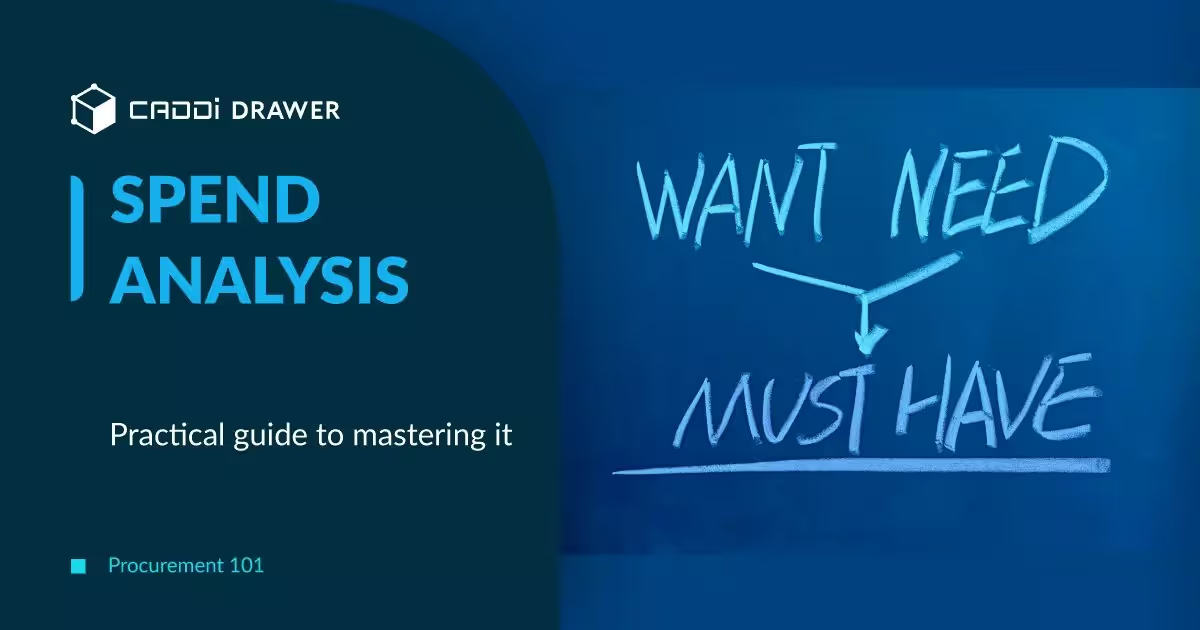

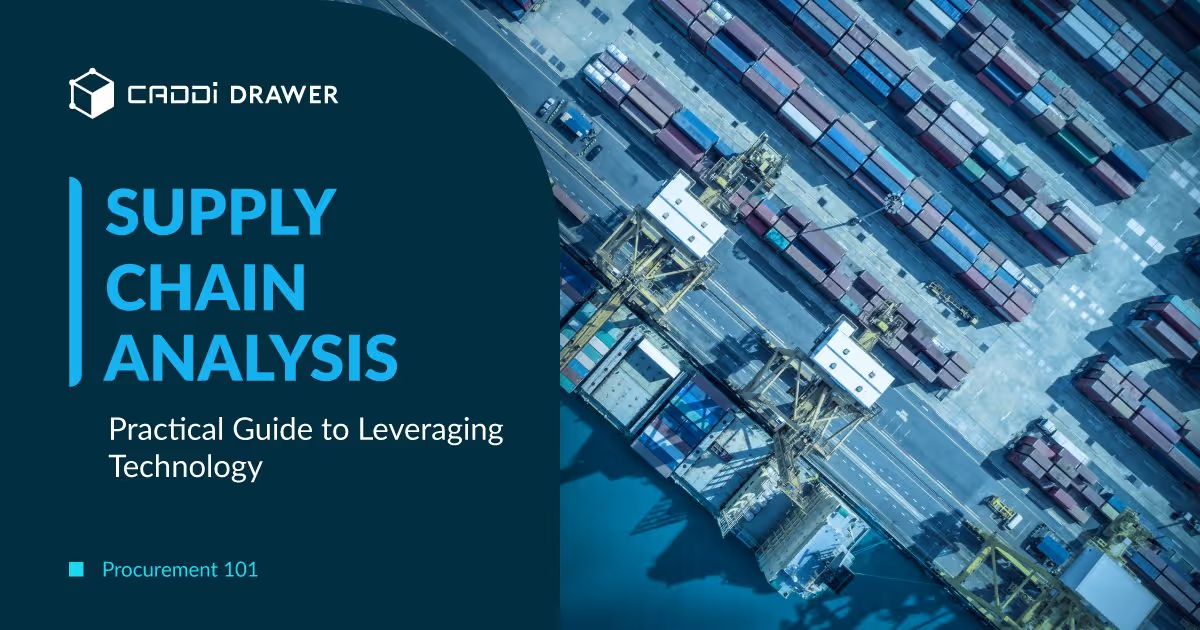





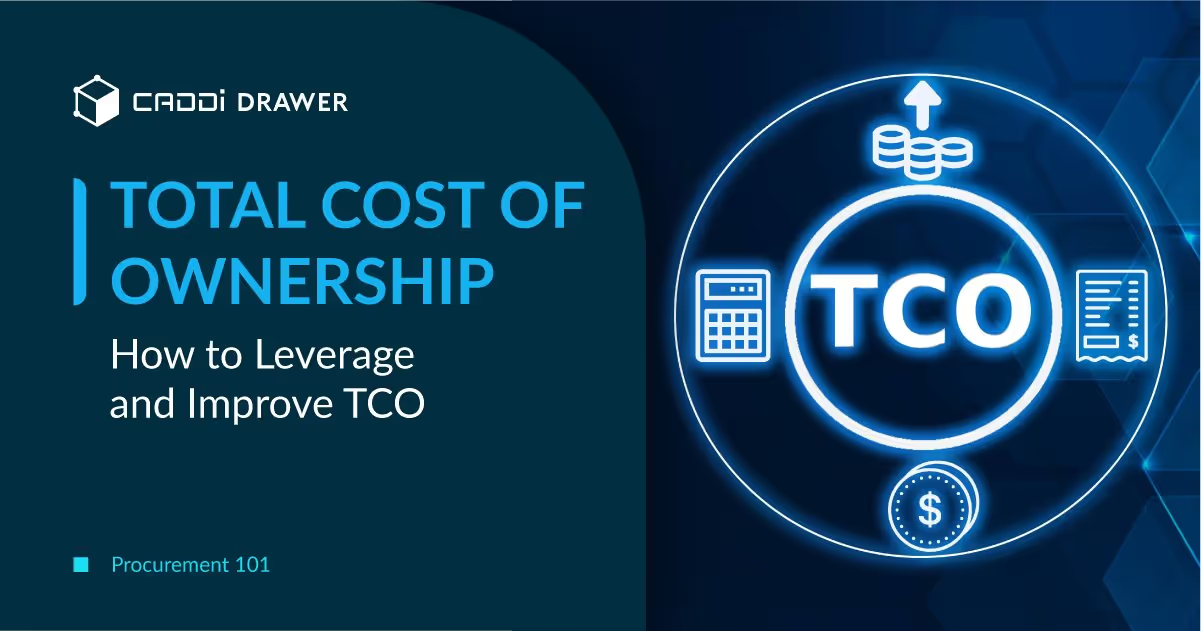

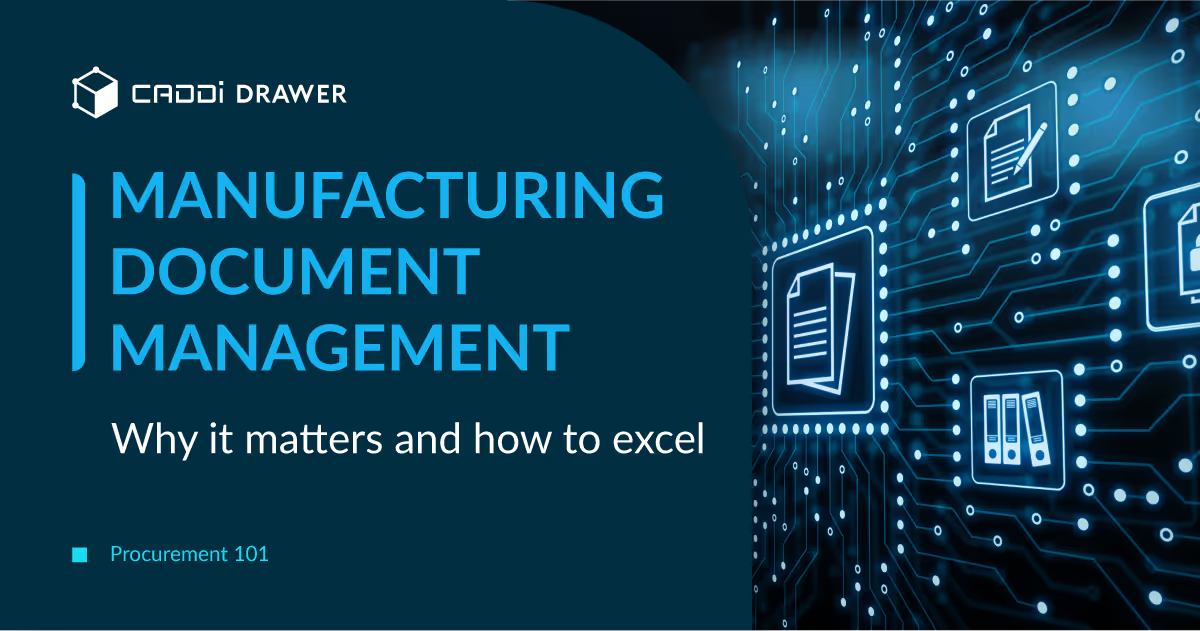

.svg)



.svg)
.svg)
.svg)


